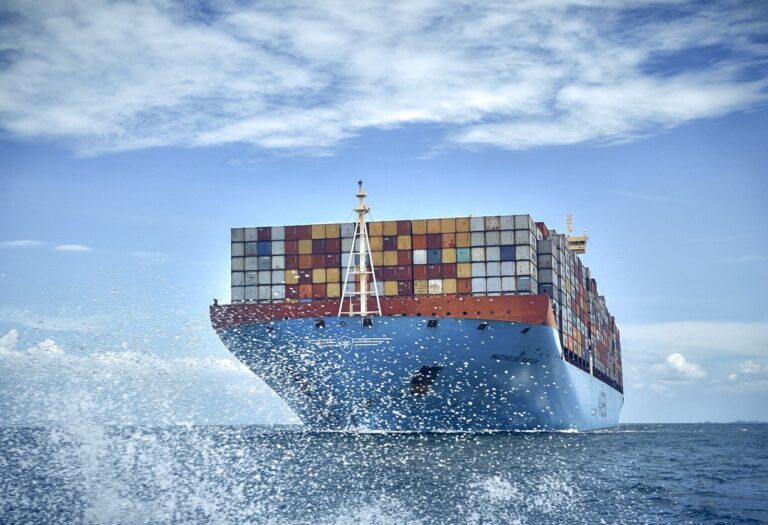To reduce the CO2 emissions – created by intercontinental ocean freight carrying production material headed to Volvo Cars’ factories – by 55,000 tons each year, the OEM has announced that the majority of these operations will now be conducted on vessels using fatty acid methyl esters (FAME), a renewable fuel produced using mainly waste cooking oil. No feedstock related to palm oil or palm oil production is used to manufacture FAME.
Volvo Cars aims to use the FAME fuel for inbound ocean container transportation of production material being distributed to its manufacturing facilities in Europe and the Americas. The fuel will also be used on board vessels carrying spare parts. It is estimated that the use of FAME will reduce CO2 emissions by a minimum of 84% compared with previously used fossil fuels.
“Renewable fuel is not the end game for removing CO2 from the world’s ocean freight needs,” said Javier Varela, chief operating officer and deputy CEO of Volvo Cars. “Yet this initiative shows that we can act now and implement solutions that achieve significant results during the wait for long-term technological alternatives. We don’t view this initiative as a competitive advantage. On the contrary, we want to spark other car makers into action as well, to increase demand for carbon-efficient ocean transportation and to establish renewable fuels as a mid-term solution that works. We all have a responsibility to act.”
Volvo Cars worked in collaboration with its logistics partners Maersk, Kuehne+Nagel and DB Schenker to switch to using the renewable fuel from June 1, 2023, for all of the OEM’s container transportation. Furthermore, if renewable fuel is not available for one of these shipments, Volvo Cars’ renewable fuel allocation is then used by one of its logistics partners for another customer’s route elsewhere – a methodology known as mass-balancing.
“We’re continually exploring sustainability opportunities across all aspects of our supply chain and across our overall business,” added Varela. “Our list of initiatives keeps growing as we work toward our ambition of becoming a climate-neutral company by 2040.”
For more on marine renewables, click here.



